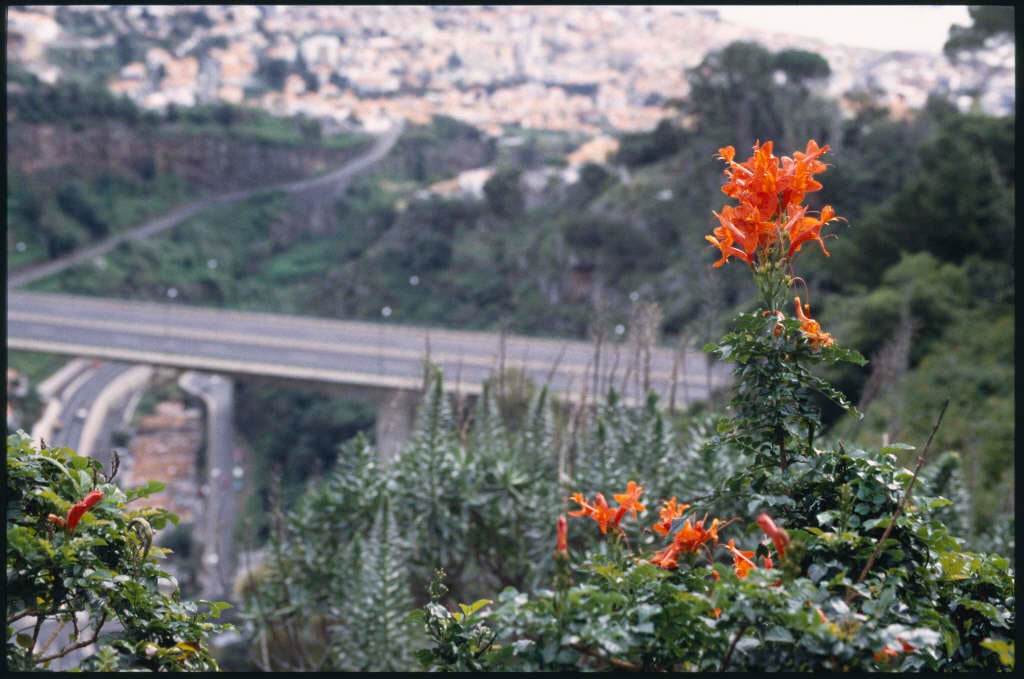Tecoma capensis
Cape honeysuckle
An evergreen shrub with self-clinging scrambling stems to 3m or more, with dark green, pinnate leaflets and clusters of bright orange-red flowers with slender curved tubes to 5cm in length, in late summer

Buy this plant
Size
Ultimate height
2.5–4 metresTime to ultimate height
5–10 yearsUltimate spread
1.5–2.5 metresGrowing conditions
Moisture
Well–drainedpH
Acid, Alkaline, NeutralColour & scent
| Stem | Flower | Foliage | Fruit | |
| Spring | Green | |||
|---|---|---|---|---|
| Summer | Orange Red | Green | ||
| Autumn | Green | |||
| Winter | Green |
Position
- Full sun
Aspect
South–facing
Exposure
Sheltered Hardiness
H1CBotanical details
- Family
- Bignoniaceae
- Native to GB / Ireland
- No
- Foliage
- Evergreen
- Habit
- Climbing
- Genus
Tecoma can be evergreen shrubs, trees or climbers, with pinnately divided leaves and terminal racemes of funnel or trumpet-shaped flowers
- Name status
Correct
- Plant range
- S Africa, Swaziland
How to grow
Cultivation
Worth trying in mild gardens if you have a sunny, sheltered wall and a fertile, well-drained soil. Otherwise, grow in a container and overwinter indoors
Propagation
Propagate by seed, layering or semi-hardwood cuttings
Suggested planting locations and garden types
- City and courtyard gardens
- Patio and container plants
- Wall side borders
Pruning
Pruning group 8 in early spring, plants grown under glass may need overcrowded stems thinning out
Pests
May be susceptible to glasshouse red spider mite and glasshouse whitefly
Diseases
May be susceptible to honey fungus in gardens where it is present but insufficient data to determine degree of susceptibility
Get involved
The Royal Horticultural Society is the UK’s leading gardening charity. We aim to enrich everyone’s life through plants, and make the UK a greener and more beautiful place.